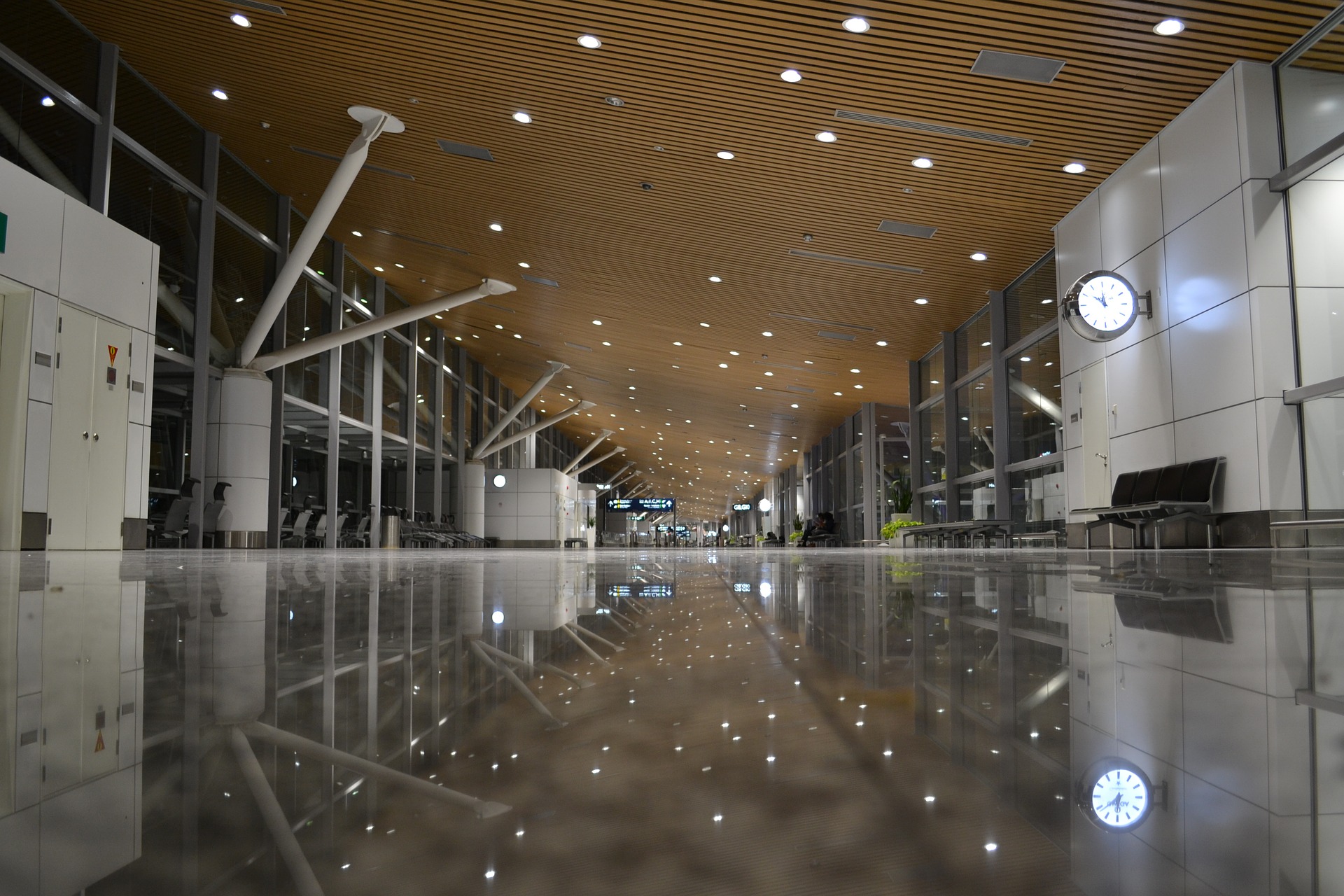The Future of Lighting: Exploring Smart LED Lighting Innovations the world of lighting is evolving rapidly, and Smart LED Lighting is at the forefront of this transformation. From energy efficiency to enhanced user control, these cutting-edge solutions are changing how we light our homes and businesses. In this article, we’ll delve into the key innovations in Smart LED Lighting, the technologies driving them, and what the future holds for this exciting industry.
What is Smart LED Lighting?
At its core, Smart LED Lighting is about integrating traditional LED technology with advanced smart features. This allows users to control their lights through mobile apps, voice commands, and even automation systems. These systems offer convenience, energy savings, and an unparalleled level of customization.

Key Features of Smart LED Lighting
- Energy Efficiency One of the primary advantages of Smart LED Lighting is its ability to conserve energy. LEDs are already known for their energy-efficient properties, and when paired with smart controls, they become even more efficient. Smart LEDs can adjust brightness levels and turn off automatically when not in use, leading to significant energy savings over time.
- Voice Control Voice-controlled Smart LED Lighting is revolutionizing home automation. With systems like Amazon Alexa, Google Assistant, or Apple Siri, users can turn on/off lights, adjust brightness, or change colors simply by speaking. This convenience adds to the growing appeal of smart lighting.
- Customization and Color Changing Smart LED lights allow users to choose from a wide range of colors and adjust the ambiance of their spaces. Whether it’s setting the mood for a romantic dinner or brightening up a workspace, the possibilities are endless. The ability to adjust the hue and intensity of the light ensures the perfect environment for any occasion.
How Smart LED Lighting Works
The technology behind Smart LED Lighting involves several components working together. First, the LED bulb itself is energy-efficient and long-lasting. Then, the smart features come into play, enabled by a connection to a network (Wi-Fi, Bluetooth, Zigbee, etc.). This connection allows the user to control the light remotely through their smartphone, smart speaker, or even automate the lighting based on their schedule.
The Environmental Impact of Smart LED Lighting
As the world becomes more focused on sustainability, Smart LED Lighting plays a pivotal role in reducing carbon footprints. LED technology consumes less power than traditional incandescent or fluorescent lighting. Moreover, smart features ensure that lights are only on when needed, further reducing energy consumption.
The Benefits of Smart LED Lighting for Homes and Businesses
- Cost Savings Over time, the energy efficiency of Smart LED Lighting can lead to substantial cost savings. Not only do the bulbs consume less energy, but their long lifespan means fewer replacements, further reducing long-term costs.
- Improved Security Many smart lighting systems come with built-in scheduling features. Homeowners can set their lights to turn on and off at specific times, simulating occupancy while they’re away. This deters potential intruders and enhances home security.
- Enhanced Aesthetics The design flexibility of Smart LED Lighting allows homeowners to tailor the lighting to their specific needs and aesthetic preferences. Whether you prefer sleek, modern lighting or something more traditional, smart lighting solutions are available to fit any style.
Future Trends in Smart LED Lighting
The future of Smart LED Lighting is incredibly promising. Some of the exciting trends to watch out for include:
- Integration with IoT The future will see greater integration of Smart LED Lighting with other IoT devices. Lights will communicate with other smart devices, optimizing energy use across the entire home or office.
- Human-Centric Lighting Advances in human-centric lighting (HCL) will revolutionize how we use lighting to affect our well-being. These systems adjust the color and intensity of light to align with the natural circadian rhythm, enhancing mood, productivity, and sleep.
- AI Integration Artificial intelligence is likely to play a significant role in the future of Smart LED Lighting. AI-powered systems will learn from user behavior, predicting when and where to turn on or off lights for maximum convenience and efficiency.
As Smart LED Lighting technology continues to evolve, it promises to offer even more innovative solutions for both residential and commercial applications. The benefits are clear—energy savings, customization, and convenience—making it an essential part of the modern, connected home. The future of lighting is bright, and Smart LED Lighting is leading the way.






